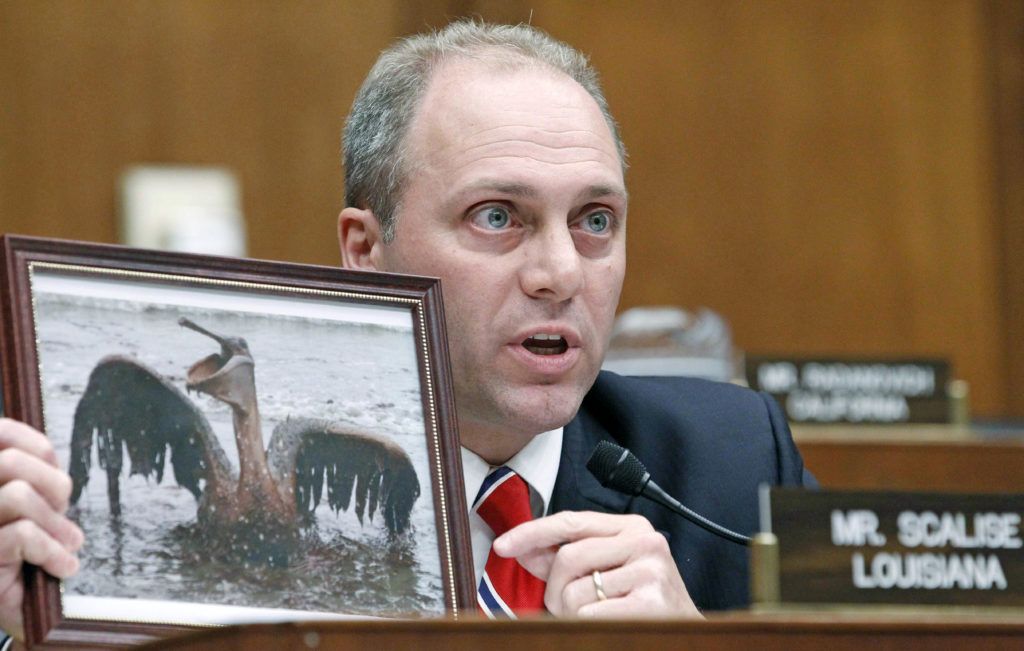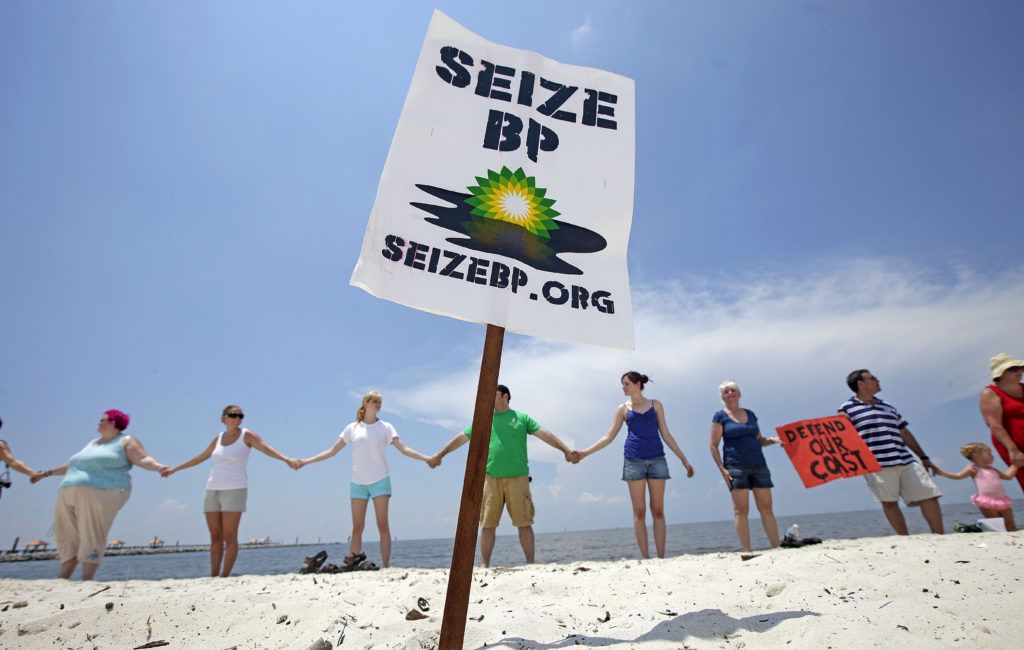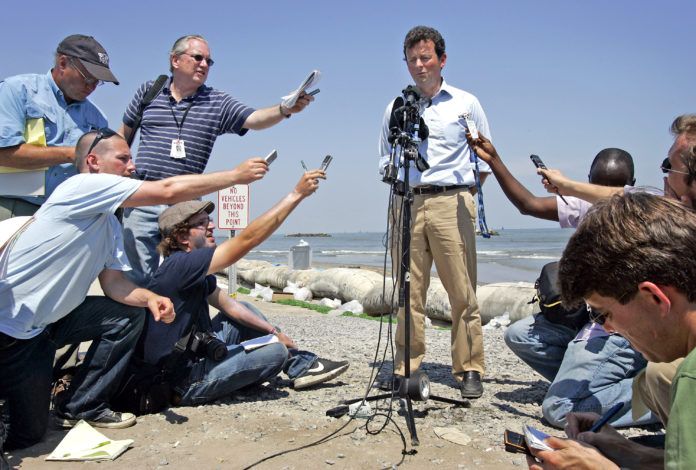
Fires, environmental threats, explosions, leaks or even shifts in public opinion can thrust an industrial owner into the media spotlight faster than you can say “Deepwater Horizon.” Owners can no longer afford to stay quiet, or even worse, appear unprepared, tentative or unconcerned in the aftermath of a crisis. Mum is most certainly not the word.
Experts frequently point to BP as the poster child for bad communications. Gary Meltz, a Washington, D.C.-based specialist in crisis management, says the company did just about everything wrong in the wake of the Deepwater Horizon disaster in 2010. Meltz spoke on the subject during Louisiana International Trade Week in November.
“When we train our clients, we show a video of the former CEO, Tony Hayward, going around with his elite British accent and talking to guys in overalls in some small town,” he says. “It presented such a terrible image.”
BP is not alone. Other companies frequently make the same mistake, thinking the best “face” for their brand is the CEO or someone else in upper management. Instead, the right person might be 20 steps down the food chain, but an effective communicator who can relate to the community. As such, Meltz says owners should always have someone local as their spokesman.
Patricia Prebula, president of Prebula Public Relations in Lake Charles, couldn’t agree more. “I love to tell that story because he (Hayward) was so insensitive,” she adds. “All he cared about was getting back to the golf course. The lesson there is that if you don’t have a spokesperson identified at that field location, you’re in trouble.”
Jonathan Manns learned that the hard way when he was hired as PPG’s Lake Charles plant manager in 2005, just before Hurricane Rita made landfall. Not long after in summer 2006, PPG workers went on strike over a wage dispute.
For a while, PPG’s corporate office instructed him to avoid the press when the strike happened, and it didn’t take long for the resulting void to be filled with misinformation. “It was frustrating, because people were making ridiculous claims about what the strike was about and its impact,” Manns says.
It got so bad that corporate eventually instructed Manns to take a more proactive approach. That’s when he turned to a third-party communications expert for help, and brought in local government officials, state legislators and area mayors for a Q&A session to clear the air.
In the end, Manns learned a valuable lesson—that a local solution is always better than a corporate one, and that an effective communications strategy should be a vital part of every crisis plan. “Having a strategy is not devious or conniving,” he adds. “It’s just a way for a plant or company to plan their approach and ensure the accuracy of information. A big part of that is ensuring that someone local is the face of the company. It can’t be some statement from the corporate office … it has to be someone here.”
In PPG’s case, that turned out to be Manns. He served in that capacity until his retirement in 2014. At every opportunity, he was the one talking to the media, making presentations and presenting checks or donations. “It wasn’t only about giving bad news, but good news as well,” he says. “The whole point was that people got to know me and they could trust me, and they knew that I would be frank with them about things.”
BUILDING TRUST
Laying the preliminary groundwork through a strong community connection is crucial to damage control. If a company is not involved in the community, the community knows it. And if a company is not contributing through monetary resources or volunteer efforts, they know that as well.
Stephanie Boswell, a communications professional with TJC Group in Baton Rouge, is a proponent of community interaction in the industrial space, and says establishing trust should be a critical element of every strategy. Boswell began facilitating Community Advisory Panels nearly two years ago for TJC, in addition to assisting with media training for corporate clients.
Boswell says CAPs provide an important connection to the community, as they seek to enable dialogue between residents on issues of importance, provide a venue for feedback and create awareness. “I’m a big believer in them, because you’re setting that foundation,” she adds. “You need to identify your stakeholders and develop a relationship with them. And when you meet with them on a regular basis, you can answer questions, show your transparency and talk about what you’re doing, from environmental to safety to employing local people.”
Supporting community initiatives through monetary donations can also create a connection, but a little elbow grease is better. Boswell’s clients call it “sweat equity.”
“That means getting out in the community, volunteering, showing your face, joining the chamber etc.,” she adds. “Get your leaders, as well as your employees, out there. Conduct workshops at technical colleges or other schools.”
Sasol in Lake Charles is a prime example of community outreach in action. Since entering the scene in 2011, the South African-headquartered company has funneled money into a much-needed Southwest Louisiana Workforce Resource Guide and Workforce Resource Guide Scholarship Program, and financed a painstakingly-researched effort to preserve nearby Mossville’s rich history. As a result of these and other endeavors, they’ve been largely well received by the community.
Prebula can think of other examples when a lack of community engagement has had the opposite effect. “When something goes down in your industry, they’re not going to support you if you haven’t been a good neighbor. You’ve got to build those alliances when times are good. It’s like an insurance policy, so that you’ll have that support when times are bad.”
That, she adds, is the key to establishing trust and credibility. “You have to build that trust over time. Being active in a community certainly helps. When something does happen, you have those resources. You have a way of communicating to those different stakeholders and getting your word out and it’s a believable message.”
Another way to build trust in the community? Showing empathy for the needs of employees during and after a crisis. Cindy Nassar, a licensed professional counselor in Lake Charles, has worked extensively with industry, and says the mental impacts of a crisis are often overlooked. That’s unfortunate, since employees are often subject to acute trauma following a crisis or traumatic event.
Her organization typically performs Critical Incident Stress Debriefings (CISDs) in small groups of 20 within 24 to 72 hours of an event. By doing so, the research-based intervention method can shorten a crisis reaction and reduce the psychological trauma.
This is critical, since a crisis can result in worker impairment if left unaddressed. “In that case, they can’t return to work and can’t be productive employees,” Nassar says. “It leads to functional impairment. We want people doing their job with a clear head and being able to function.
“Most importantly, we want to get them back on the road to recovery.”
PERSONABLE, RELATABLE
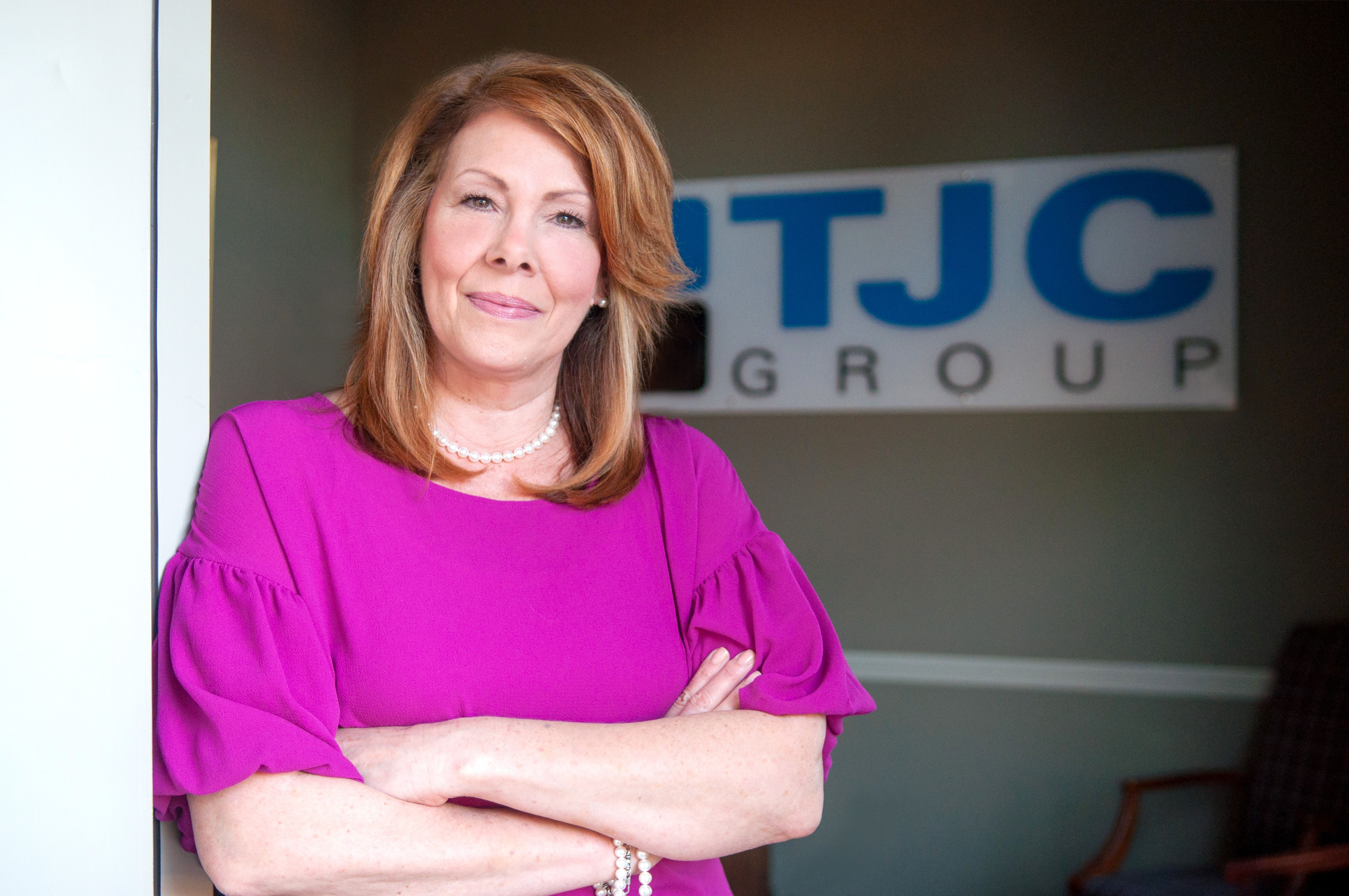
STEPHANIE BOSWELL, communications professional, TJC Group in Baton Rouge. Photo by Don Kadair.
The best local spokesperson is not necessarily the plant manager, as they can be found at any rung of the organizational ladder. Without exception, however, they should have strong connections with the community, be personable, relatable and an effective communicator.
“If people just don’t like you, there’s no amount of leadership training that’s going to change that,” Meltz says. “That’s one common mistake that corporations make.”
Still, spokesperson training is undeniably vital and a task that is usually outsourced. Terri Ammerman, president and CEO of The Ammerman Experience in Houston, tutors potential industrial spokespersons on the “dos” and “don’ts” of communicating during a crisis, particularly when addressing the media. Along the way, she performs mock interviews, films and critiques participants on their body language, facial expressions and word choices, among other things.
“They’re on camera practicing several different times,” Ammerman says. “If their arms are crossed or if they go into this long rambling dissertation during an answer to a question, etc. … all of that will come out.”
Instead of viewing the press as an unnecessary evil, spokespersons are taught that they are an essential conduit for communicating to the community. “Additionally, we want to familiarize them with what the media wants from them.” Ammerman says. “It can be done. People can learn these skills, but if left to their own devices they typically mishandle it. We had a client who had an explosion at their plant and the plant manager—who had not been trained—walked by the press and shielded his face. Well, do you think that made the 6 o’clock news? Absolutely.”
Ammerman also helps with interviewing skills, such as avoiding speculation, being familiar with key messages and reacting to challenging questions that might not have an immediate answer. “During an interview, you should focus on the fact that the right people are doing the right things at the right time,” she says. “And those messages need to be created prior to the interview. Otherwise, you’re going to wind up boxing yourself into a corner.”
As part of The Ammerman Experience tutorial, company personnel typically take a refresher course every 18 months, although every situation is different. For example, Ammerman trains executives at a local pipeline company once a year for only two hours, with a different communications focus for each session.
In his training sessions, Meltz encourages clients to avoid re-hashing corporate-approved statements. “It’s very difficult because there’s a certain amount of security in always using approved talking points,” he says. “I get that, but they don’t reflect what’s happening and they seem cold and insincere. They don’t relate to what’s happening most of the time.”
MEDIA AT BREAKNECK SPEED
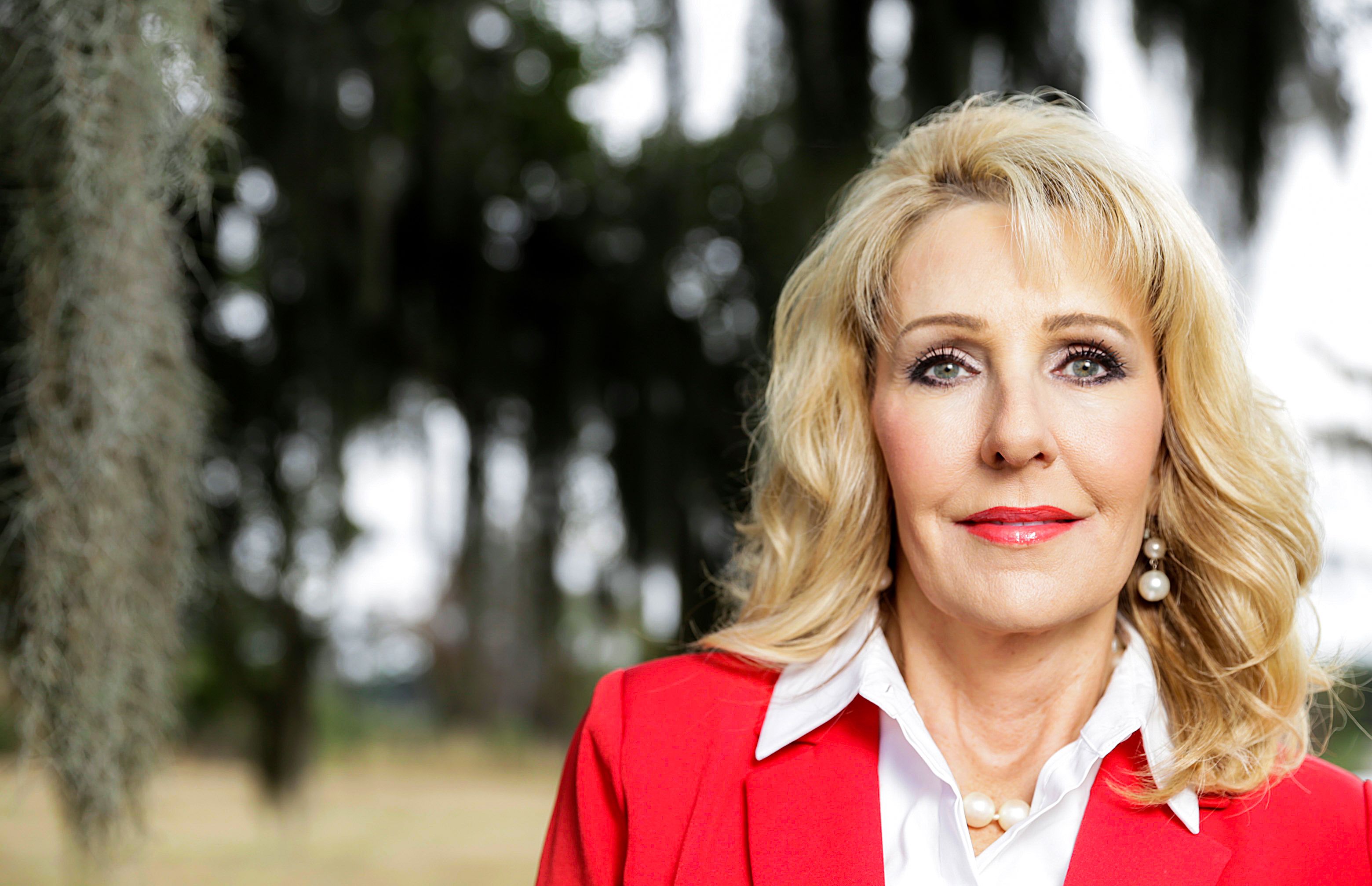
PATRICIA PREBULA, president, Prebula Public Relations in Lake Charles. Photo by Lee Celano.
There has been a new wrinkle added to the damage control effort over the last decade or so. Technology now distributes information at breakneck speeds, as cell phones can take pictures and distribute them before a plant can react or formulate a response.
Forty years ago, third-party communications experts would tell clients they had about two hours to prepare a response. In today’s media landscape, they have mere minutes. “I can’t state that enough—how social media has changed the dynamics of how we respond,” says Prebula, who will present “Crisis Management in a Social Media World” Feb. 26 at The Chamber Southwest Louisiana. “You no longer have time. Today, you’ve got 15, 20 minutes tops to get your story together.”
In the wake of an incident, forget about having the luxury of scheduling a press briefing. Most of the time, the press will simply show up at the gate. And if a spokesperson doesn’t provide information right away, they’ll typically go elsewhere to get the interview.
“If they show up, you need to have a designated spokesperson go out and speak to them,” she adds. “That person needs to be trained not to speculate, not to repeat negative words, and give the impression of being informed and in charge. Regardless, you need to take action immediately, and provide the ‘who, what, when, why, where and how.’ Identify the facts. When you’re out there, it shows compassion. It shows that you are interested and you care.
“In the midst of a breaking news story, you have two immediate goals: to put a caring and concerned face on your company, and to be a reputable source of information.”
This is admittedly difficult to do while also responding to the actual emergency, says Jim Harris, president of communications firm Harris, Deville & Associates Inc. in Baton Rouge. “Most companies and pipelines are very good at handling emergencies because they practice it all of the time,” Harris adds. “The difficult part is putting that together with communicating with their neighbors and with everyone else outside of the emergency to keep people posted. It’s very difficult in those kinds of situations, so that’s one of the businesses that we’re in. We’re on call with a number of facilities and pipelines.”
Policies and procedures need to carefully delineate policy in regard to all information outlets, including social media. While experts admit that the days of controlling information are over, they stress that employees should be asked to sign confidentiality agreements to ensure they don’t post on social media about proprietary matters.
“You need to monitor all media, including social media, and find out what’s being said,” Prebula says. “Because that’s where a lot of the information is. That’s your community talking. That’s where you operate your business. You can’t hide.”
Policies should also be malleable so that they can keep pace with other changes in the media climate. In Lake Charles, for example, there has been a seismic shift in news coverage as the industry has grown in size and diversity. While in the past most coverage was done by local news media with entry-level reporters, the recent industrial boom has attracted the interest of more seasoned reporters from Houston and Baton Rouge.
Of course, social media and the lightning fast speed of news in general have been the biggest disrupters. This immediacy of news creates an environment where plants don’t have time to formulate a response. More than ever, they need to have a pre-prepared plan for reacting quickly and decisively.
Dick Gremillion, director of Homeland Security and Emergency Preparedness for Calcasieu Parish, admits there have been times when he has learned of incidents from the media rather than the plants themselves. “If you have a fire, it’s going to be obvious to everyone pretty soon,” Gremillion says. “So go ahead and say, ‘Hey, we have a fire out here, but we have it under control or we’re doing this or that.’ Don’t wait a couple hours while the fire is burning for people to form their own opinions.”
The biggest initial challenge is preparing a statement when much of the information is still unknown.
“In two minutes there’s a picture on Facebook,” says PPGs Manns. “I guarantee you that the person designated to communicate with the community is not going to know what’s going on. They’re not going to know any specifics, but they’ve still got to get out there and say, ‘Yeah, we have an incident, and we’re working the incident. We’ll get back to you in 20 minutes with more details.’ Right away, you’ve established that you’re not trying to hide anything. You should constantly be as open and honest as possible—you still have to get out there.”
Manns adds that a good working relationship with emergency responders, state police and other emergency groups should be another critical part of the plan, as those agencies will also be inundated with questions from the public in the wake of an incident.
Despite its obvious faults, Gremillion says social media is not all bad. “We’re not only the subject of social media; we actually use social media to get the information out,” he adds. “So it’s a two-way street. My role is to, A, confirm that it did happen and, B, is there going to be any danger to the public from that incident? Those are the two things that we need to establish immediately and that’s the emergency part of it. Those are questions for industry to answer.”
A CORPORATE APPROACH
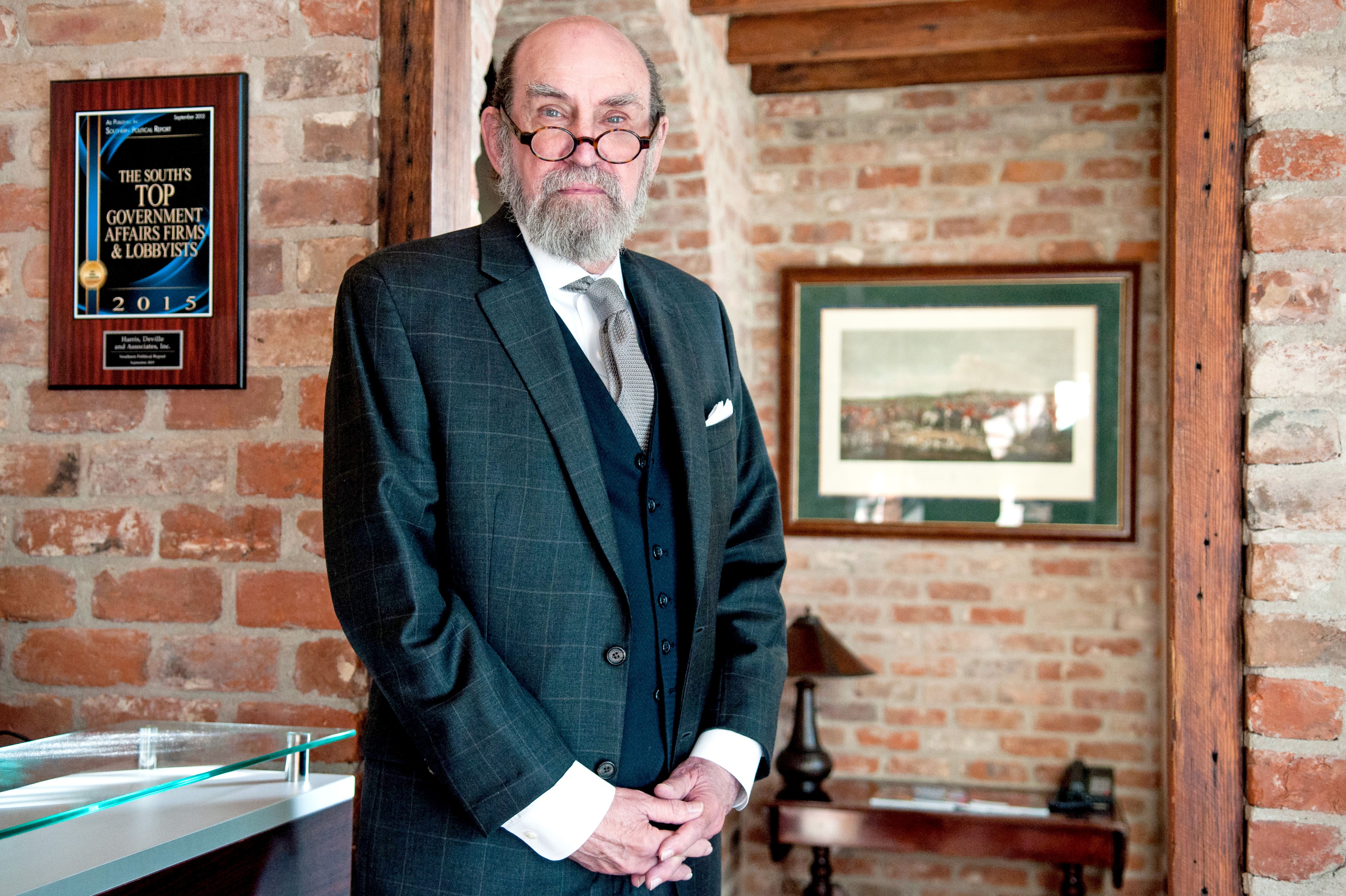
JIM HARRIS, president, Harris, Deville & Associates Inc. in Baton Rouge. Photo by Don Kadair.
At the corporate level, many petrochemical, oil and gas companies have broader communications plans that seek to address shifting public opinion. Paul Hagel, a Shell Corp. external relations manager in New Orleans, says a communications strategy anchored by a respect for people is particularly effective as public support shifts away from fossil fuels.
Hagel spoke on the subject in New Orleans during Louisiana Trade Week. “Whatever the situation, you communicate through the lens of honesty, integrity and respect for people,” he says. “The byproduct of that is a reputation and brand that will help you over the long-term, and be successful during those times of uncertainty.”
This changing public opinion has prompted Shell to increase its focus on renewables in recent years, as well as take a hard look at its communications strategy. First and foremost, Hagel says, Shell seeks to honor the public’s varying viewpoints. “People have a lot of different, strong opinions about oil and gas exploration, development and production,” he adds. “We honor those perspectives. We try and balance that with our own view and we try and move on.”
Shell also seeks to encourage employee advocacy and engagement, as it looks to its employees to communicate more effectively to stakeholders. “We tell everyone that our purpose is to produce more clean energy,” Hagel says. “That’s our place in the world and that’s really how we’ve been trying to respond to these issues. This is an important approach for today’s oil and gas companies, as a large portion of the population moves away from fossil fuels.”
WHAT ARE THE RISKS?
Possible organizational issues that may need to be managed
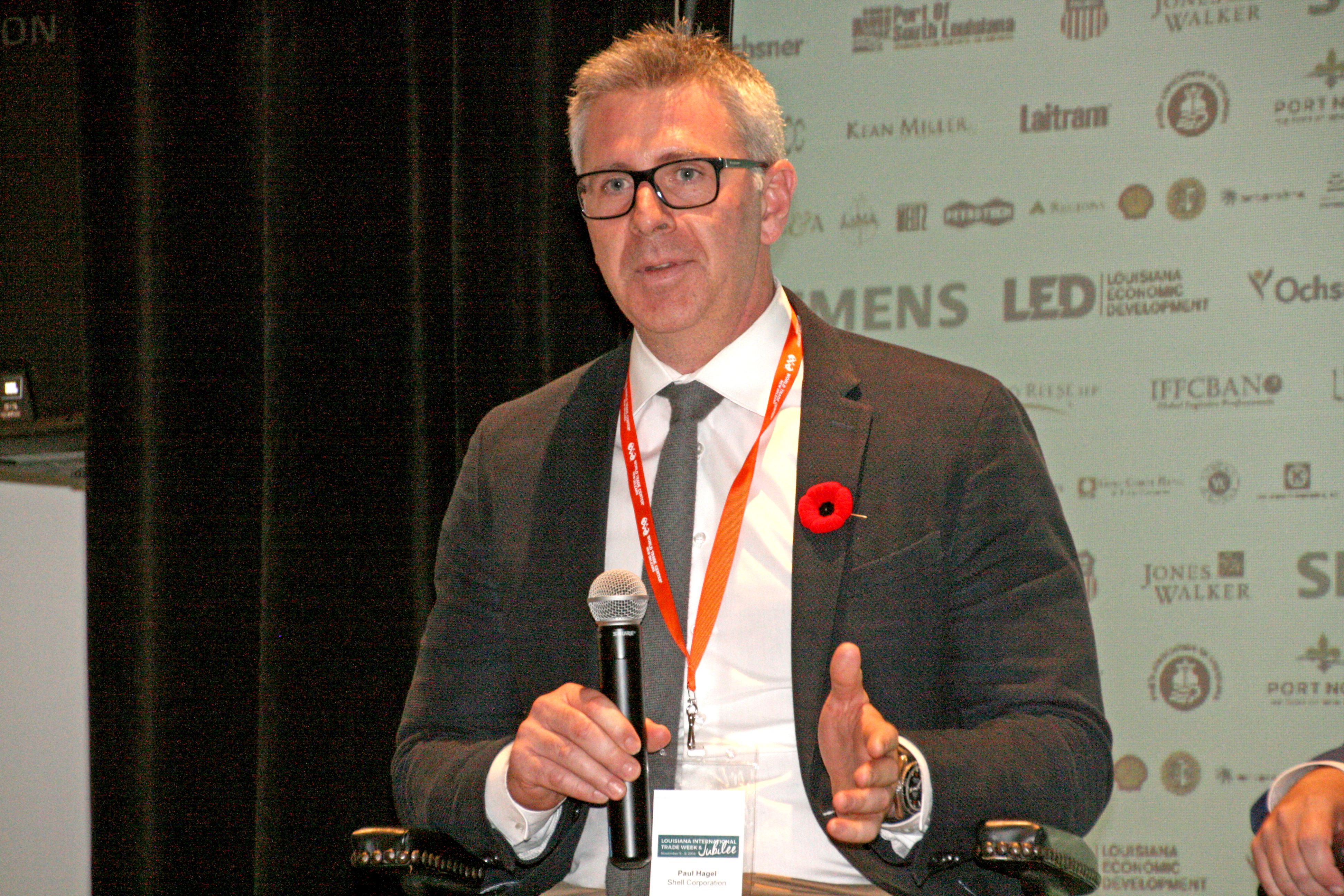
Paul Hagel, external relations manager, Shell’s Deep Water Gulf of Mexico business in New Orleans. Photo by Sam Barnes.
• Boycott of company products or services
• Serious legal claims or personnel issues
• Sexual harassment allegations against senior management/leadership
• Threatened loss of management or employee layoffs
• Employee/contractor injury or fatality
• Contract negotiations and/or strike
• Possible plant and/or unit closures
• Environmental or wildlife impact
• Customer loss
• Natural disasters
• Railroad or transportation issues
• Fire, explosion, unplanned emissions or leaks
• Cyber breakdowns
THE 10 WORST CRISIS COMMUNICATION MISTAKES
- Burying your head in the sand
- Delaying crisis response or preparations
- Relying on your reputation to speak for you
- Treating the media like the enemy
- Reactive versus proactive communications
- Not communicating effectively
- Not listening to stakeholders
- Relying on facts versus perception
- Not being compassionate
- Ignoring social media
PROACTIVE CRISIS COMMUNICATIONS
• Every organization needs a crisis plan and a crisis command structure.
• Always assume the worst and hope for the best.
• Companies that don’t do enough to deal with a crisis are branded as insensitive, uninterested.
10 DOS AND DON’TS FOR MEDIA INTERVIEWS
The dos:
• Listen to the question before answering.
• Don’t use jargon/acronyms.
• Be calm.
• Respect the reporter’s job and deadlines.
• Utilize the reporter as a partner or ally.
• Be accessible.
• Tell the truth.
• Look the reporter in the eye.
• Use your crisis communications plan.
• Keep employees informed.
The don’ts:
• Do not be a wimp.
• Do not speculate. It’s OK to say, “I don’t know.”
• Do not get overly upset about being misquoted.
• Do not play favorites with the media.
• Do not threaten to pull advertising.
• Do not stick with a story if it has changed.
• Do not assume your news release will be published “as is.”
• Do not predict the future.
• Do not chew gum or wear sunglasses.
• Do not smoke.
ALL ABOUT THE MESSAGE
Key talking points in a crisis
• Our biggest concern is for those affected.
• Our first priority is the safety of our employees and the public.
• We are sorry for what happened, and we take full responsibility.
• We are gathering information.
• We don’t know how it happened, but we are trying to find out and we will let you know as soon as we know.
CRISIS PREVENTION TACTICS
• Foster organizational policies allowing for updates and change
• Reduce the use of hazardous materials & processes
• Initiate safety training programs with rewards for employees with stellar safety records
• Allow open two-way communications
• Communicate past problems or failures
• Attend community meetings
• Develop a community advisory panel with key stakeholders
• Internal newsletter and communications
• Offer scholarships
• Host community/employee events
• Sponsor community activities
SOURCE: “Effective Crisis Communications in Today’s Instant Media World,” by Patricia Prebula

